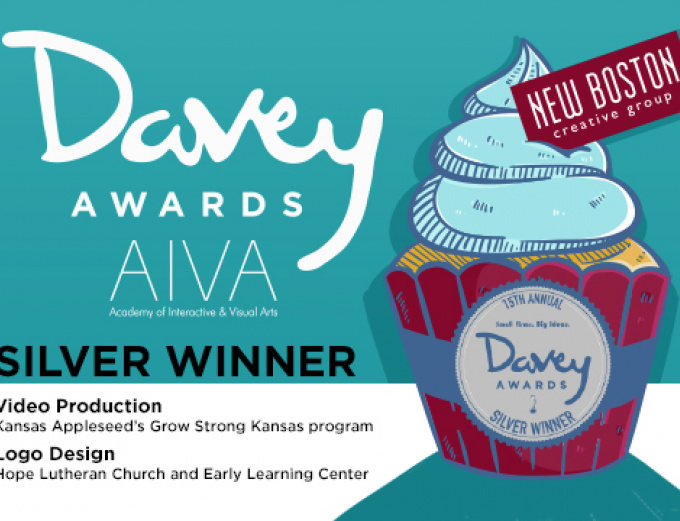How to Brainstorm Like a Champ
by Julie Fiedler on May 22, 2015
Picture it: Rocky Balboa makes it to the top of the steps at the Philadelphia Museum of Art. “Gonna Fly Now,” plays in the background as a throng of people crowd around and celebrate.
This is how everyone should feel after a good brainstorming session. But all too often we walk out feeling drained and dissatisfied.
What gives?
As a lover of the brainstorm, I thrive on the power of diverse perspectives and personalities coming together to create something new.
But not everyone can harness that power.
Here are a few DOs and DON’Ts to help you brainstorm like a champ:
- DON’T judge: Leave the idea of “good” and “bad” ideas at the door. Editing comes later. Make every brainstorming session a safe place for every idea. Sometimes bad ideas have to pave the way for good ones. Let them come. Record everything.
- DO riff: One of the most notable rules in improv is “Yes, And.” This is a great rule for brainstorming, too. Riff off of ideas. Introduce new information. See where they take you.
- DON’T have hierarchy: No bosses. Sometimes managers like to drop in to “see how everything is going.” Do not let that happen. Nothing will squelch group creativity like the perception of being evaluated. Instead, suggest a presentation meeting after the brainstorm session.
- DO have a (teeny, tiny) bit of structure: Always have a facilitator to capture ideas. This person can also participate in the storm, but should be sure to capture everyone’s ideas. This person, or another designee, should also watch the time and get people back on track if necessary. (Tangents can be great for brainstorming. But when they stop being productive and degenerate into chit chat, a gentle reminder to get on task is necessary.)
- DO get input: As the session winds down, take a few moments to get feedback on some of the ideas. You’re still not editing. You’re just identifying some of the more promising contenders. Unless deadlines are so tight that you have to walk out of the meeting with THE IDEA, let people noodle on it a bit more. Even though they’re not actively engaged in brainstorming, their minds will continue to work on the question. If possible, capture more ideas in the next day or two.
Once you’ve gone the distance — taken a question, looked at it from a lot of different viewpoints, found some creative answers, and hopefully laughed and bonded along the way — THEN you can schedule the editing meeting.
And there’s a whole different set of rules for that, too. (More to come.)





